Headed up by Prof. Quan Ruichang of Xishuangbanna Tropical Botanical Garden (XTBG), a 27-people team conducted the fourth field biodiversity in Myanmar during 26th Dec 2016 to 5th Jan 2017. The field survey is a part of regular work of the Southeast Asia Biodiversity Research Institute, Chinese Academy of Sciences (CAS-SEABRI).
The research team surveyed the central and northern area of Myanmar, including many nature reserves such as Paung Laung Creek, Inle lake Wildlife Sanctuary, Popa Mountain National Park, Nat Ma Taung National Park, Hponkanrazi Wildlife Sanctuary, Hkakaborazi Wildlife Sanctuary.
The researchers investigated plants (tree, moss, lichen, fern), mammals, birds, and arthropods(beetle, cicada, spider) with the interests on their diversity and conservation, classification, ecology, biogeography and evolution.
The northern part of Myanmar still keeps the largest continuous primary forest in Southeast Asia, but only few systematic surveys have b een done in this area. Tremendous new species are waiting to be discovered. The field team collected many valuable specimens and basic data, which will be a strong support for nominating the Northern Mountain Forest Complex (Hkakaborazi and Hponkanrazi) as World Natural Heritage Site of Myanmar.
Since 2014 CAS-SEABRI has conducted four times of field surveys in Myanmar, with the dedication of the researchers in the fieldwork, nearly 4000 plant species, 300 more bird species, and 50 more fish species were recorded and 12000 more photos were collected by the infrared cameras which were installed in the deep forest. Among them, several new species of plant and fish have been discovered and published. Those field surveys concerning multi disciplines not only collected basic data on the biodiversity in Myanmar, but also provided support to the local biodiversity conservation and sustainable development.
The fourth field team consisted of 27 researchers coming from Chinese Academy of Sciences and Universities in China (Xishuangbanna Tropical Botanical Garden, Beijing Institute of Botany, Beijing Institute of Zoology, Chengdu Institute of Biology, Beijing Forestry University, Guizhou Normal University) and Ministry of Nature Resources and Environmental Conservation of Myanmar.
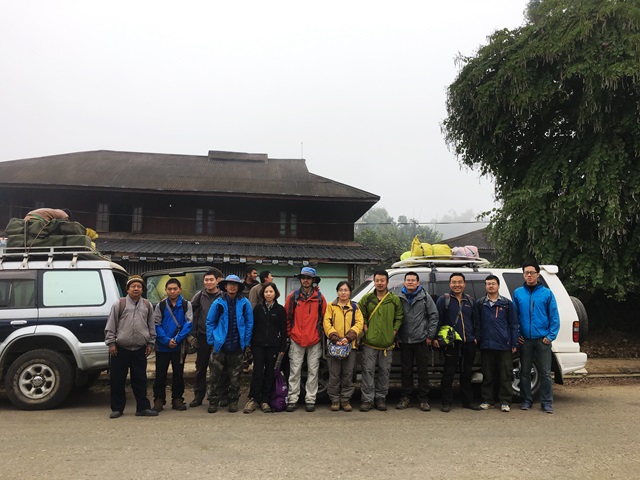
Field team for Hkakaborazi nature reserve
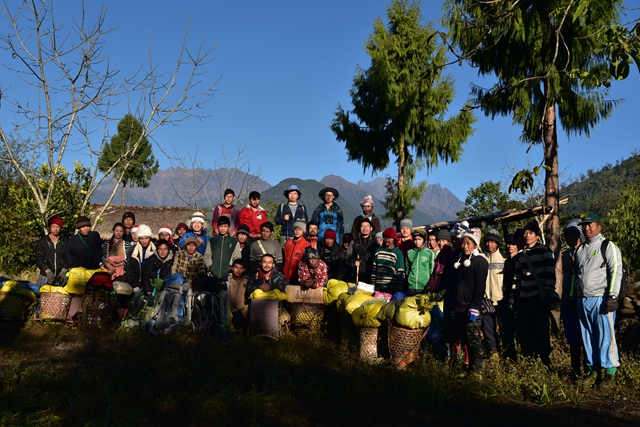
Field team for Hponkanrazi nature reserve
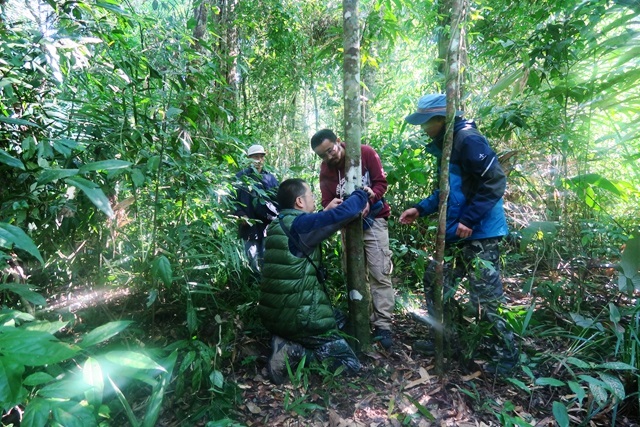
Set up infrared cameras
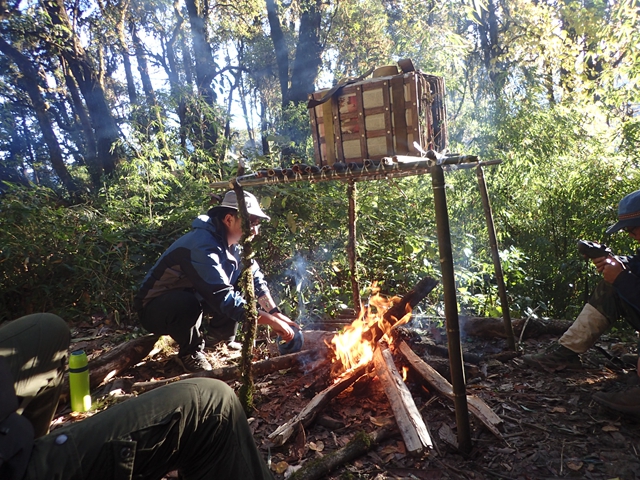
Drying plant specimens
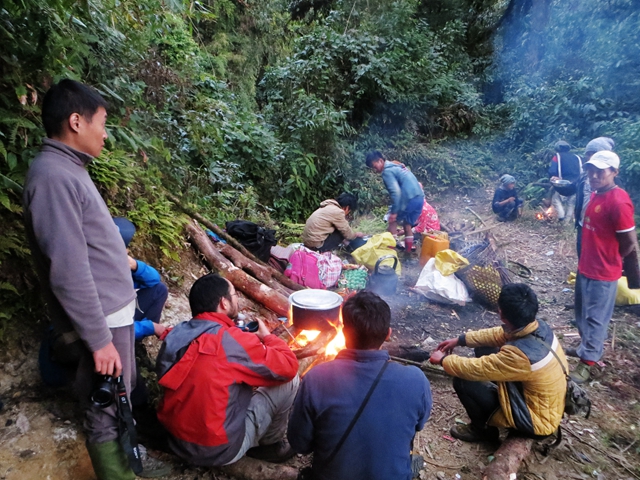
Having lunch
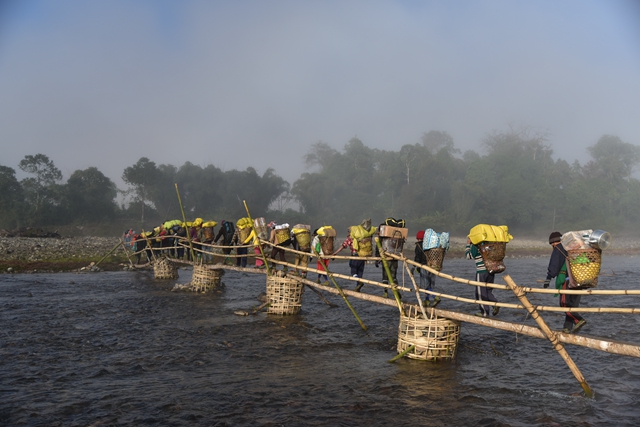
Crossing river






